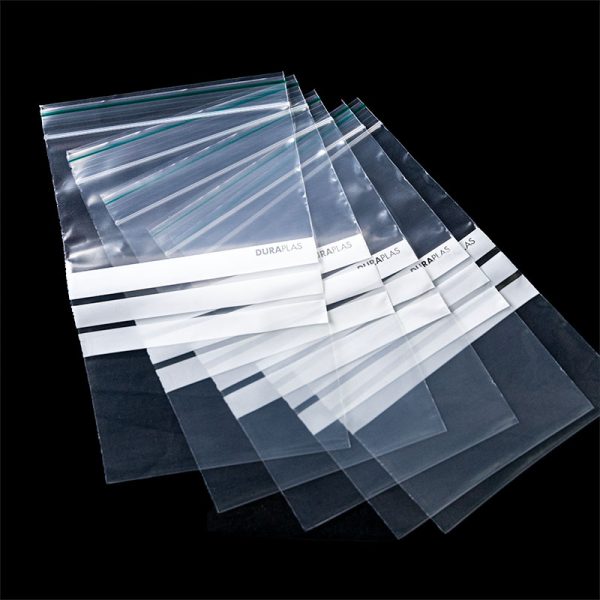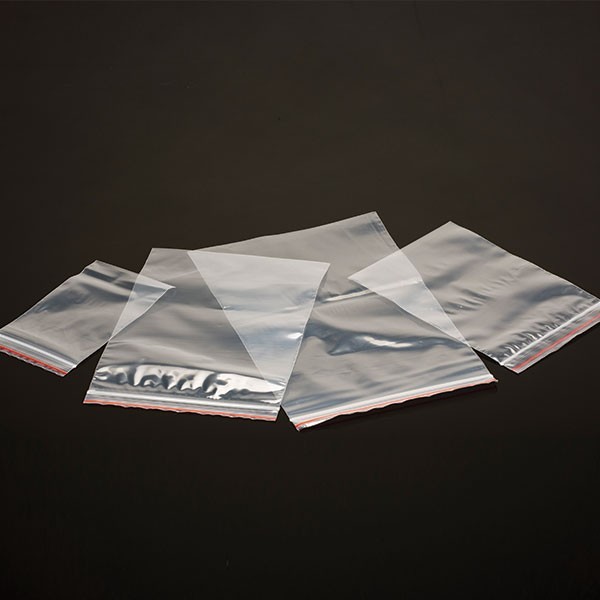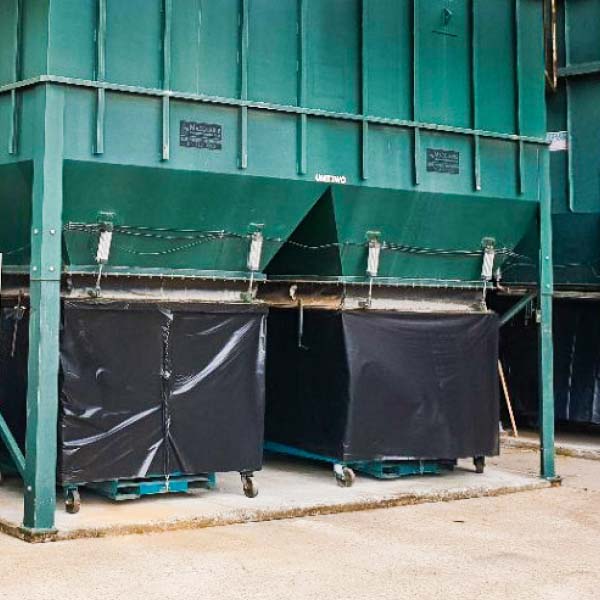To determine if a plastic bag is food-safe, you can look for the following indicators:
- Material Type: Verify the type of plastic. Food-safe plastics often include polyethylene (PE), polypropylene (PP), and polyethylene terephthalate (PET). Avoid plastics that may contain harmful chemicals such as BPA or phthalates unless they are specifically labelled as BPA-free or phthalate-free.
- Manufacturer’s Information: Check the manufacturer’s information for any claims about food safety. Reputable brands will clearly state if their products are safe for food contact.
- Certifications: Look for certifications from reputable organizations, such as NSF International, and HACCAP which test and certify food contact materials and storage facilities.
- Smell and Taste: If a plastic bag has a strong chemical smell or imparts a taste to the food, it might not be food-safe.
- Food-Safe Symbol: Look for the food-safe symbol, which often looks like a wine glass and fork. This symbol indicates that the plastic is safe for food contact.
- Purpose Labeling: Bags specifically labelled for food storage, such as sandwich bags, bakery bags, or Ice bags, are designed to be food safe.
By checking for these indicators, you can determine if a plastic bag is safe for food storage.


